[ENG-SPN] Goya, Dracula, and the Mystery of the Empty Tombs / Goya, Drácula y el misterio de las tumbas vacías

Many intrepid travelers, following the route blazed by Bram Stoker in his famous vampire novel, travel through the picturesque landscapes of the Carpathians in Transylvania, until they arrive at that place of supernatural veneration, which, thanks to its immortal character, Count Dracula, is the impressive Snagov Monastery, now converted into little more than a theme park that annually receives thousands of curious visitors, as well as the unconditional worship of horror lovers.
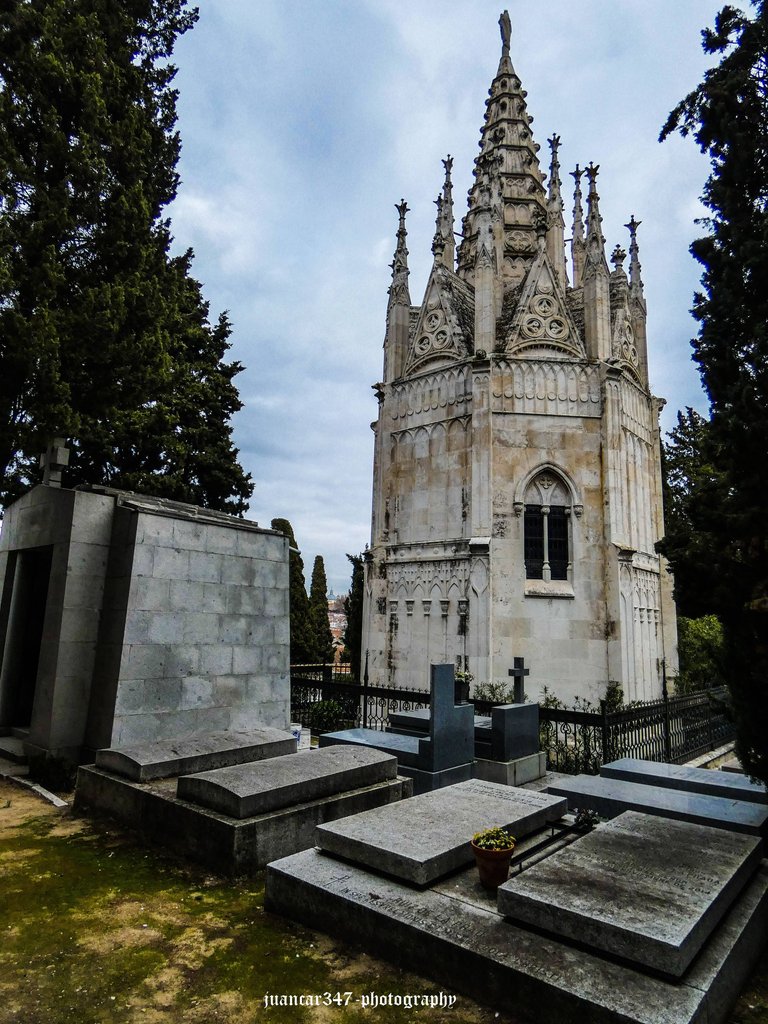
Founded by Mircea the Elder, grandfather of the historical figure Vlad Tepes, whose fascinating life and apparently outstanding evil were more than enough details for Stoker to embody him in his terrifying creature of darkness, it has always been indicated, by tradition, as the place where the mortal remains of the bloodthirsty prince of Wallachia were deposited, until, in 1933, when the grave was opened, only some horse bones and a ring with the coat of arms of Wallachia were found inside. An event that, as expected, only contributed to increasing the legend and still remains a true mystery, which, by default, has served as the basis for a multitude of fantastic speculations and the continuity of fiction, knowing what happened and where the remains of such a sinister, but interesting character really rest. He is, paradoxically, considered one of the greatest patriots in his native Romania.
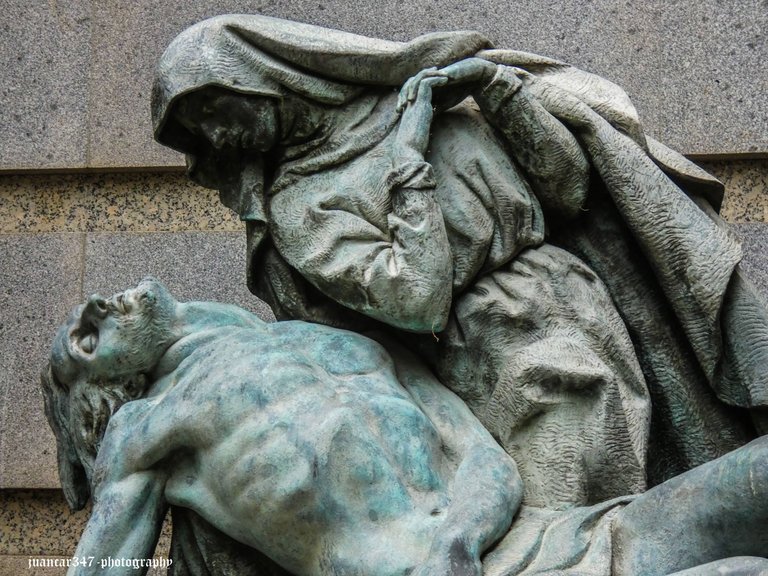
According to oral tradition, after the war against the Ottomans, Vlad Tepes was decapitated and his head subsequently taken to the court of Sultan Mehmet II in Istanbul to be displayed before a people who, due to his actions both on the battlefield and in civilian life, truly terrified him. This fate, with all due respect, also befell the body of our brilliant painter, Francisco de Goya. Goya's grave in a historic cemetery in Madrid, which many compare to the French cemetery of Pere Lachaise, that of San Isidro, is also empty. Beheaded, like Vlad Tepes, the remains of Goya, who also wrote the immortal phrase that 'the sleep of reason produces monsters', were moved in 1919 to the hermitage of San Antonio de la Florida, located on the banks of the Manzanares River, where they remain today, hopefully for all eternity. In short, and as the wise Plutarch would say: lives...almost, almost parallel.

Muchos son los intrépidos viajeros, que, siguiendo la ruta marcada por Bram Stoker en su célebre novela de vampiros, recorren los pintorescos escenarios de los Cárpatos, en Transilvania, hasta recalar en ese lugar de veneración sobrenatural, que es, por culpa de su inmortal personaje, el conde Drácula, el impresionante monasterio de Snagov, reconvertido, en la actualidad, poco menos que en un parque temático que recibe anualmente la visita de miles de curiosos, así como el culto incondicional de los amantes del horror.
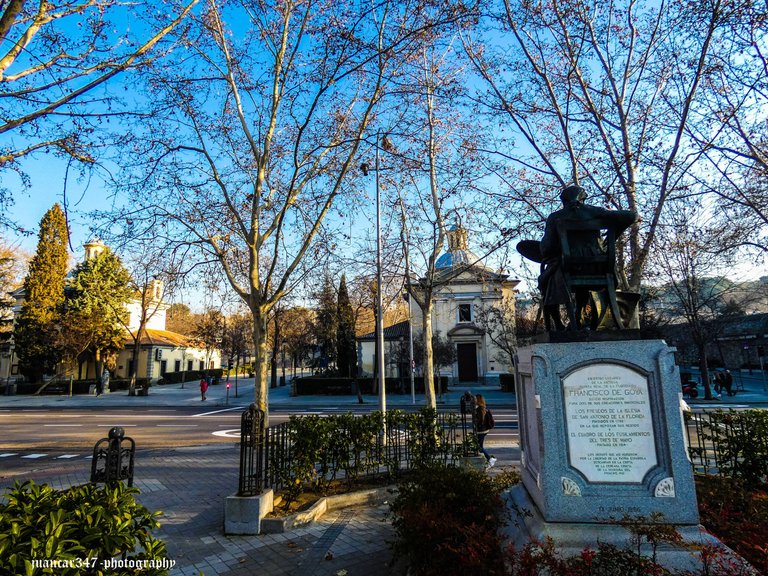
Fundado por Mircea el Viejo, abuelo del histórico personaje, Vlad Tepes, cuya apasionante vida y al parecer, sobresaliente maldad le resultaron detalles más que suficientes a Stoker para encarnarlo en su terrorífica criatura de las tinieblas, siempre ha sido señalado, por la tradición, como el lugar donde fueron depositados los restos mortales del sanguinario príncipe de Valaquia, hasta que, en el año 1933, abierta la sepultura, sólo se encontraron en su interior algunos huesos de caballo y un anillo con las armas de Valaquia, suceso, que, como cabía esperar, sólo contribuyó a acrecentar la leyenda y todavía continúa siendo un verdadero misterio, que, por defecto, ha servido de base para multitud de fantásticas especulaciones y la continuidad de la ficción, saber qué ocurrió y dónde reposan realmente los restos de tan siniestro, pero interesante personaje, el cual, paradójicamente, está considerado como uno de los más grandes patriotas en su país natal, Rumanía.
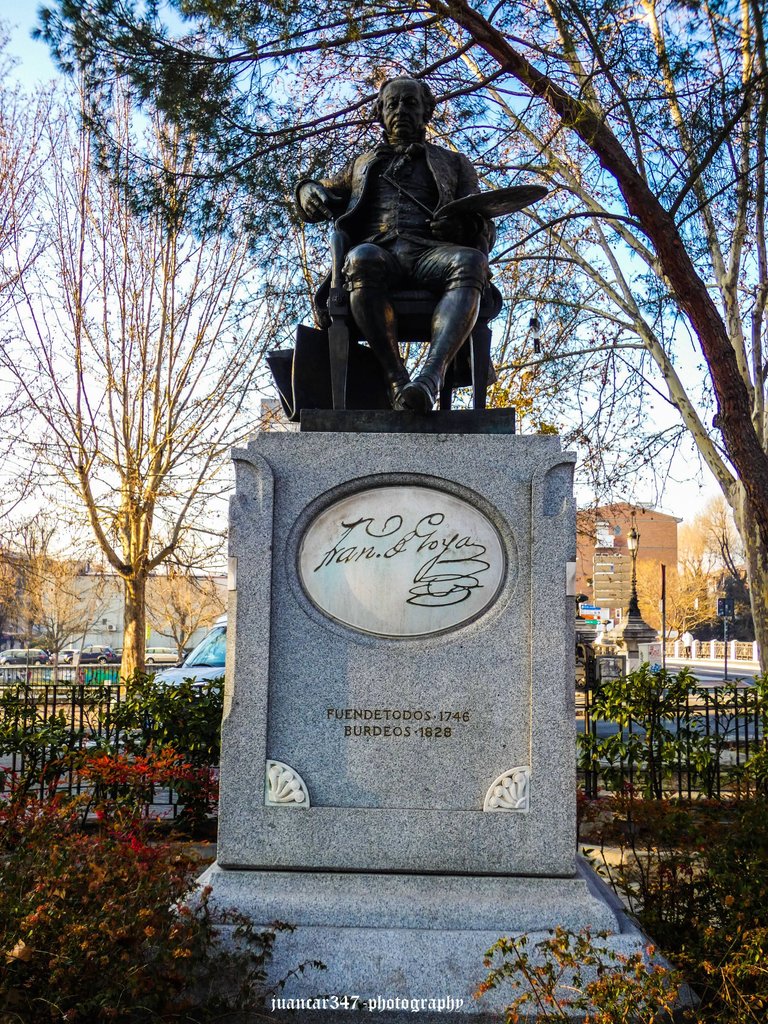
Según una transmisión oral, después de la guerra contra los otomanos, Vlad Tepes fue decapitado y su cabeza llevada a continuación a la corte del sultán Mehmet II, en Estambul, para ser exhibida ante un pueblo que, por sus acciones, tanto en el campo de batalla como en la vida civil, le tenía verdadero pánico, destino, que, por supuesto salvando todas las distancias, también sufrió el cadáver de nuestro genial pintor, Francisco de Goya, coincidiendo, además, la cuestión de que su sepultura, en un histórico cementerio de Madrid, que muchos comparan con el francés de Pere Lachaise, el de San Isidro, también está vacía: descabezado, como Vlad Tepes, los restos mortales de Goya, autor, además, de la inmortal frase que sentencia que ‘el sueño de la razón produce monstruos’, fueron trasladados, en el año 1919, a la ermita de San Antonio de la Florida, situada a la vera del río Manzanares, donde continúan en la actualidad, esperemos que para toda la eternidad. En definitiva y como diría el sabio Plutarco: vidas…casi, casi paralelas.

NOTICE: Both the text and the accompanying photographs are my exclusive intellectual property and are therefore subject to my copyright.
AVISO: Tanto el texto, como las fotografías que lo acompañan, son de mi exclusiva propiedad intelectual y por lo tanto, están sujetos a mis Derechos de Autor.
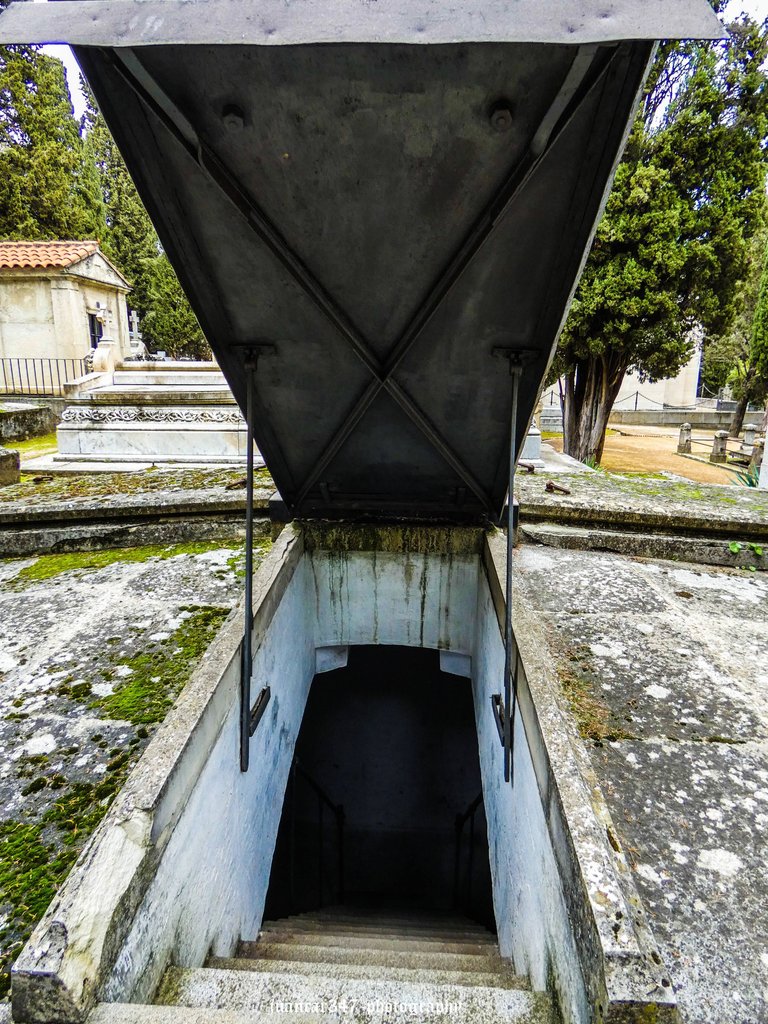
❤️❤️🙏
You can delete this. I respect your words. Will take mine off too
https://x.com/lee19389/status/1925677493119316280
#hive #posh